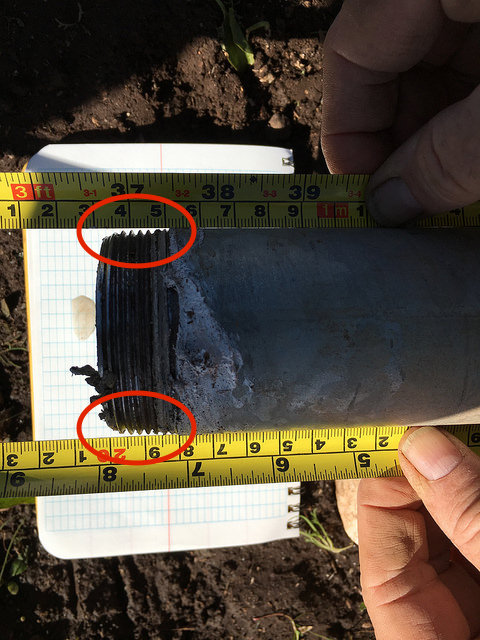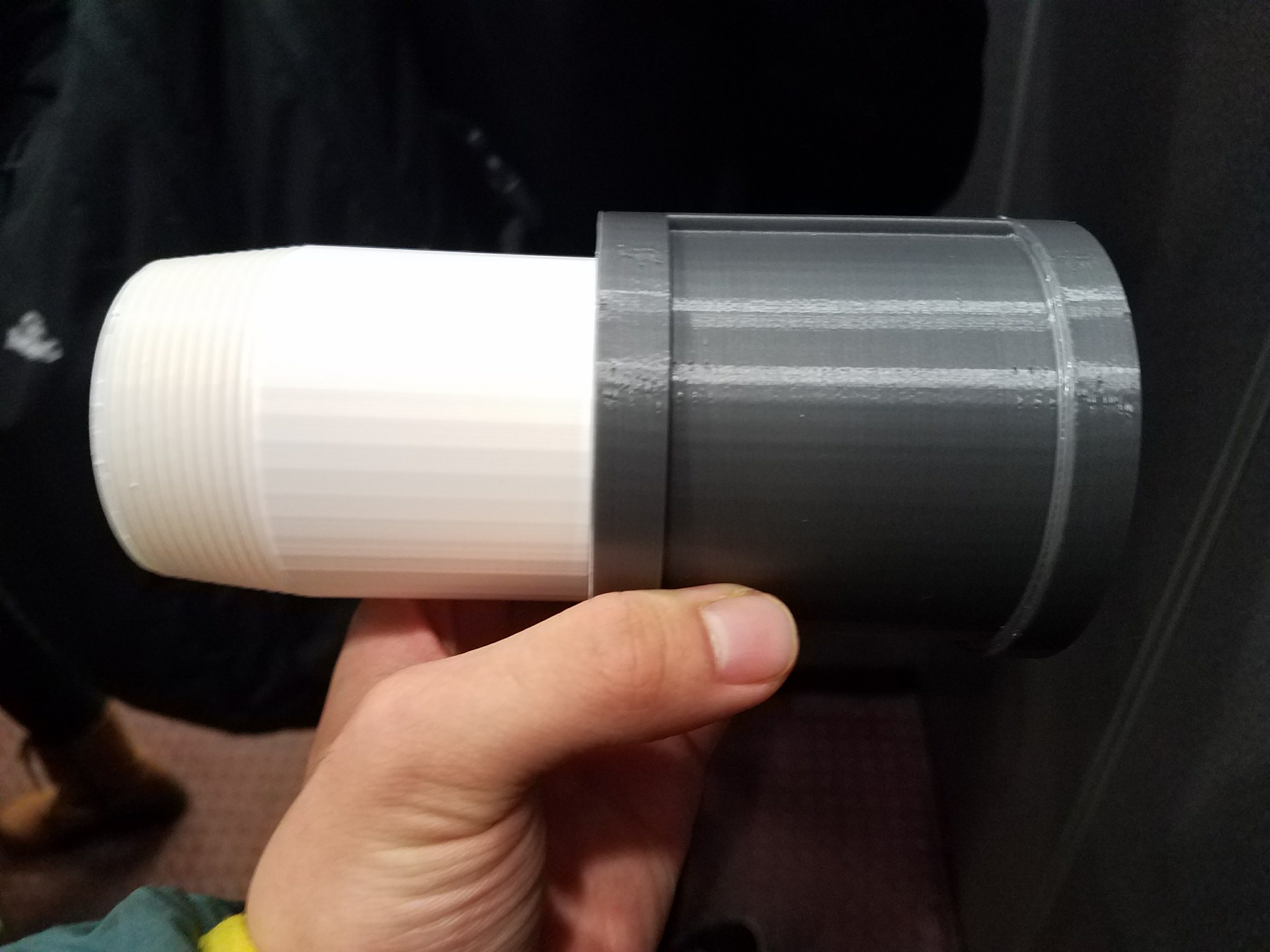3D Printing Threaded Pipes: An Approach to Fixing Leaks
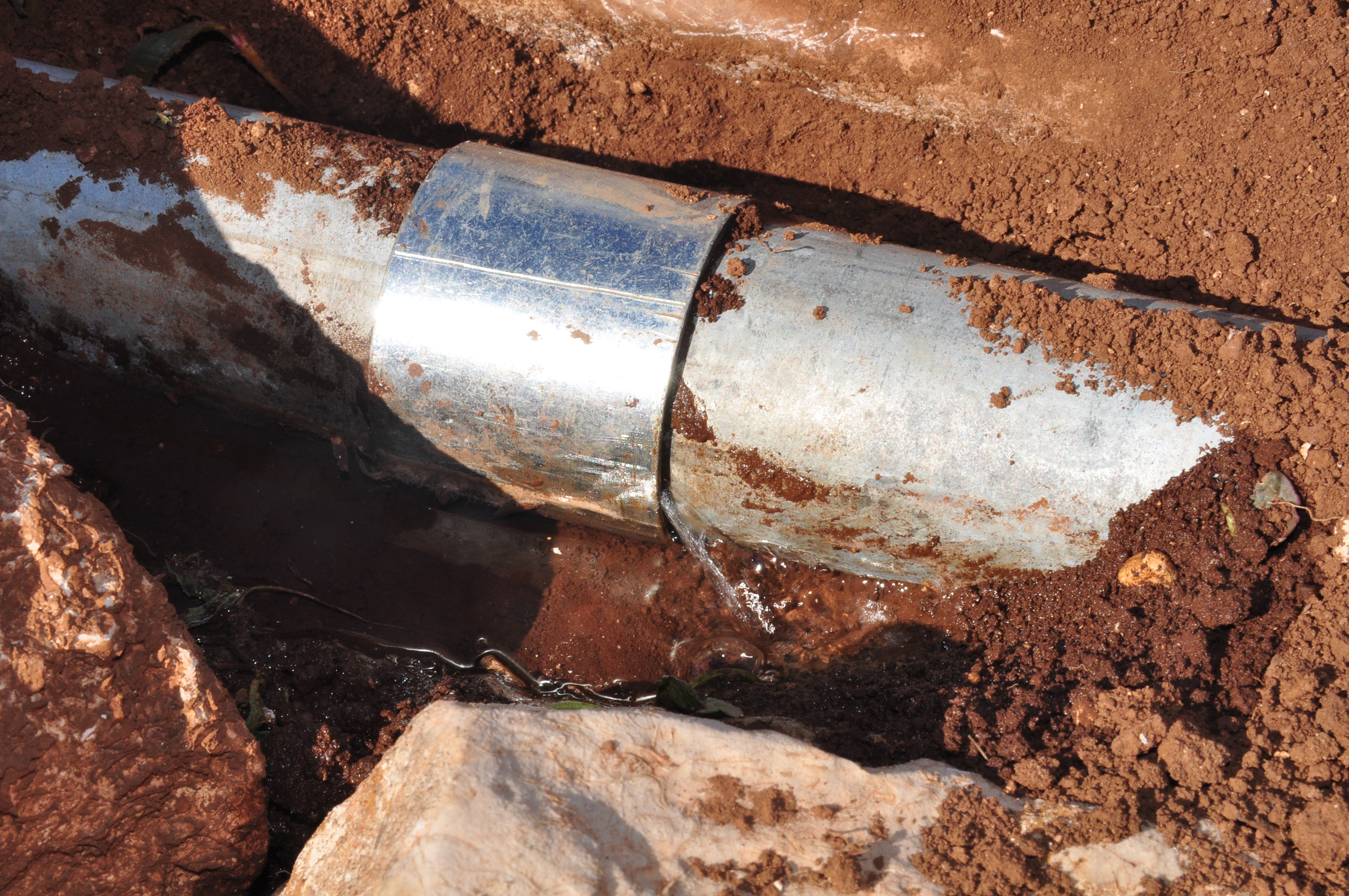
Francesco and everyone else in the club hadn’t an idea why the pipes were leaking. 1.4 km of 2” steel threaded pipes, amounting to over $20,000 spent, laid on a rockscape in a remote Moroccan village.
Our meetings would take place in Mudd 834, an amphitheatre like room. In our initial meetings, Francesco would lead the meetings in an open, collaborative problem solving style. He would usually describe a problem as accurately as he could, and we would move to the board to identify possible reasons for the problem. At the end of each meeting, each of us would be assigned a facet of the problem to do more research on.
One of the thoughts that came up was that the tapering of the threads led to leaks. In retrospect, tapering is a standard of all threaded steel pipes to ease the mechanical locking process. At the time, there was only one way to find out. We came up with the idea of 3D printing these pipes, despite my gut feeling that these pipes wouldn’t hold up. I had just sat myself through almost all the SolidWorks tutorials during the summer. I volunteered not knowing how to design a tapered pipe in CAD software.
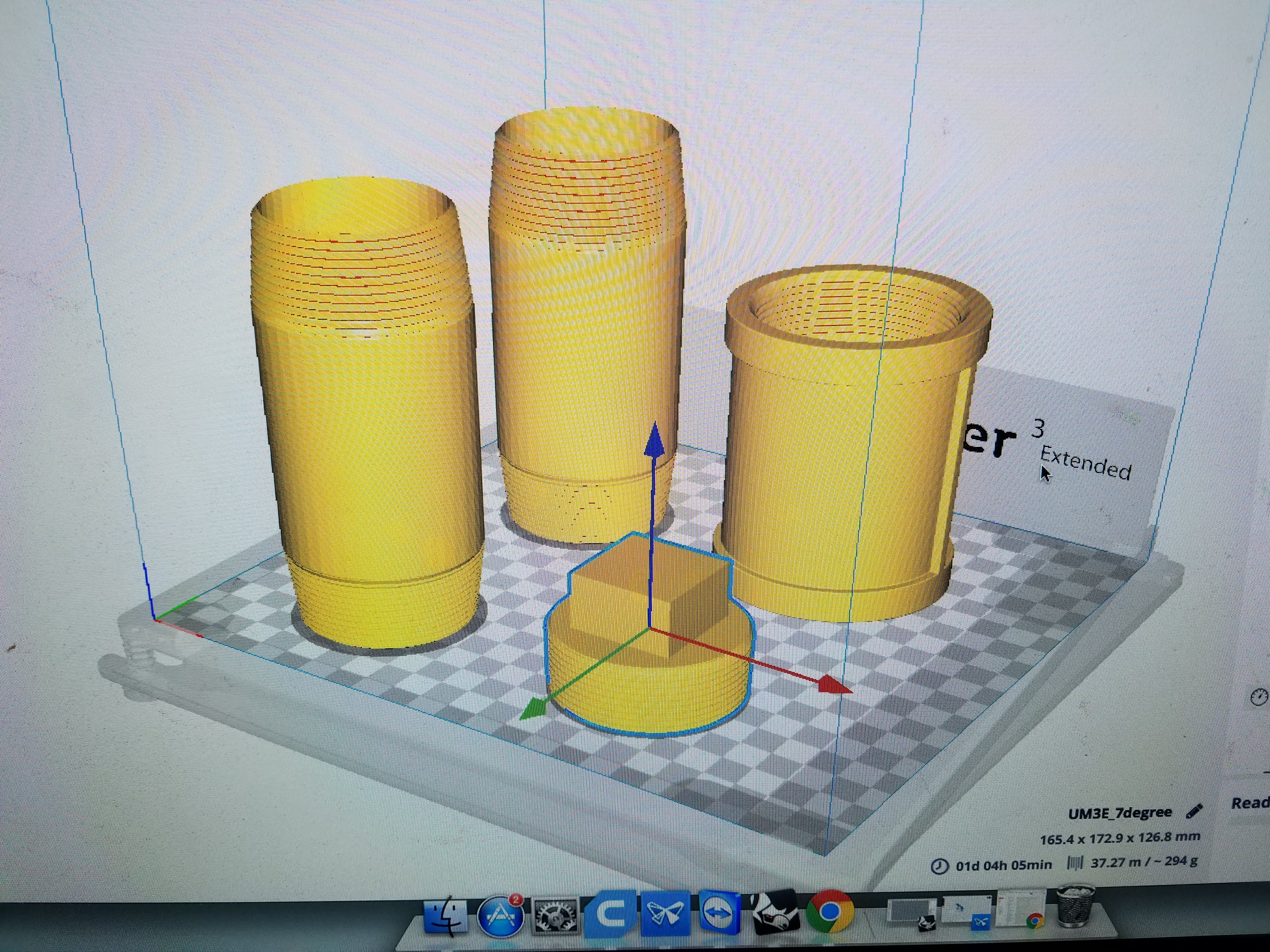
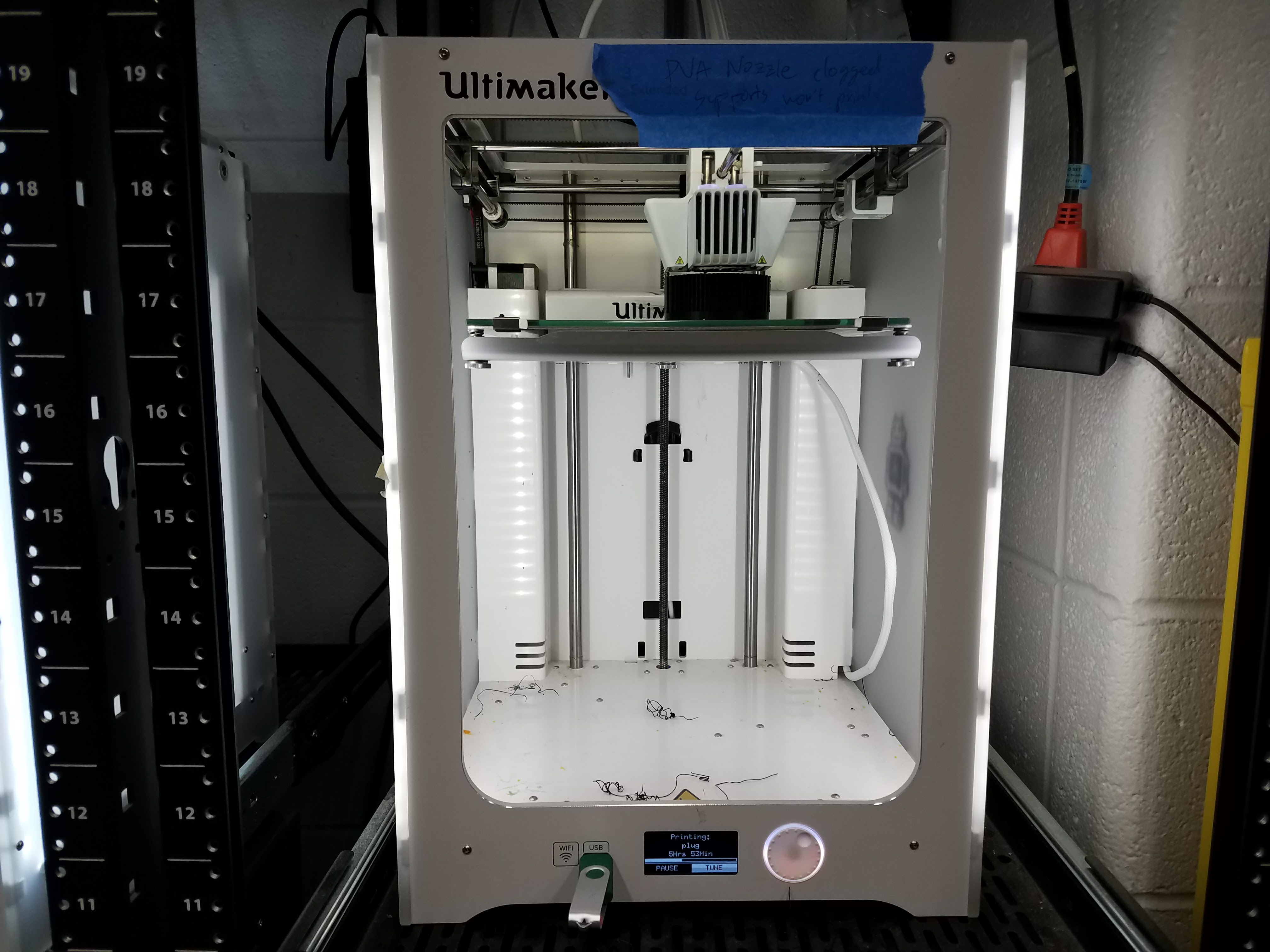
Two weeks later, we had our first couple sets of 3D printed tapered pipes. I was even able to adjust the tapering angle. I was able to do this thanks to some base files by McMaster and some tutorials on Youtube. We then subjected these 3D printed pipes to a hydrostatic pressure test in Carleton Laboratory. The 3D printed parts help up surprisingly well until they didn’t. PLA is no material for withstanding more than say three bars of pressure.
We never clearly found the reason why the pipes leaked, until much later when I did more research and talked with mentors. Hint: the solution is hemp!

